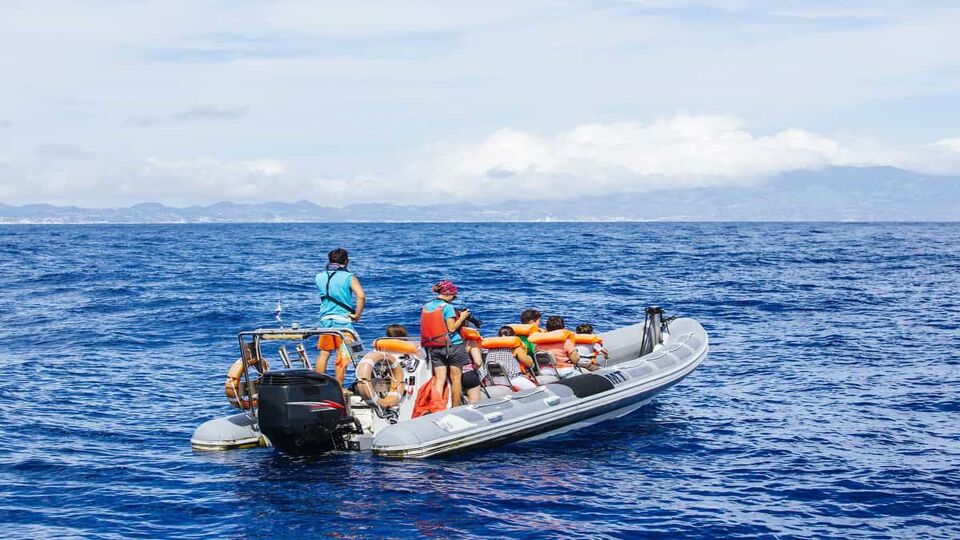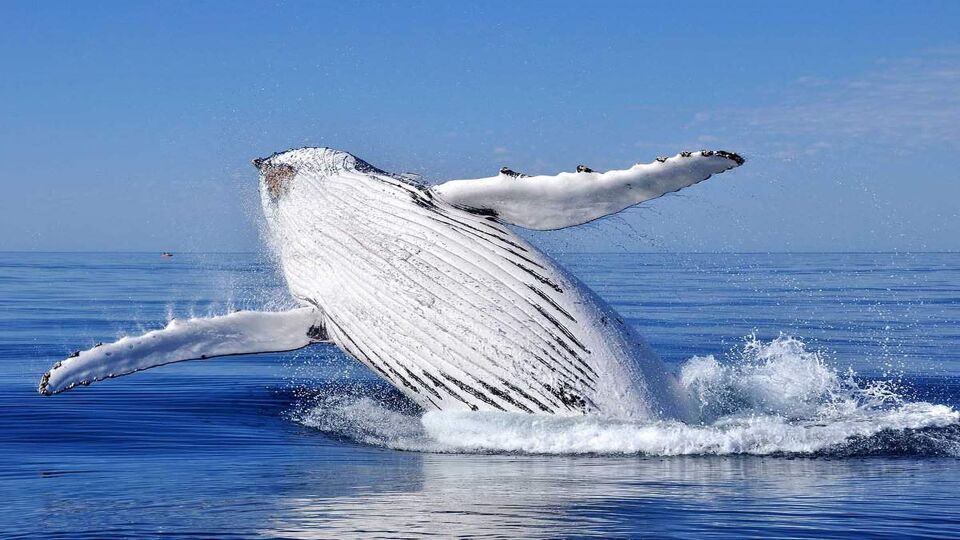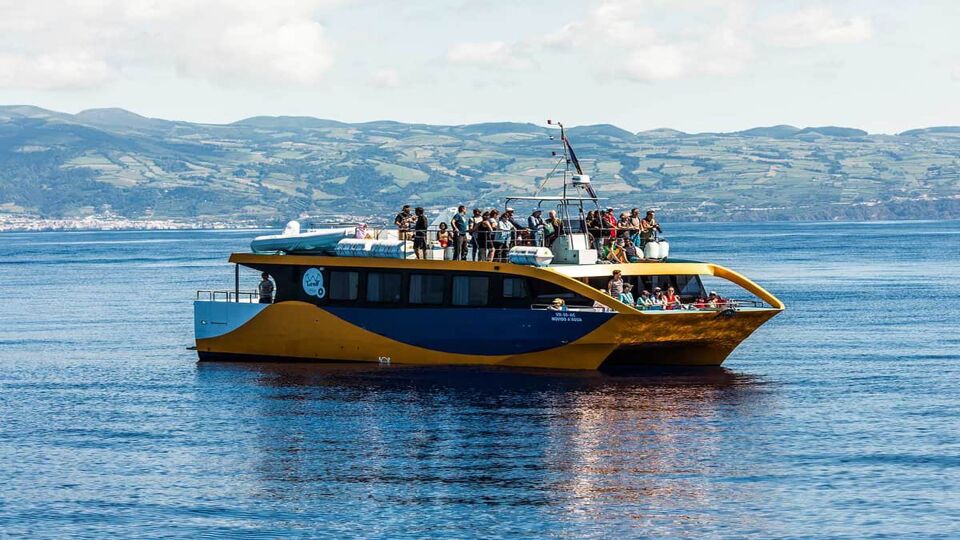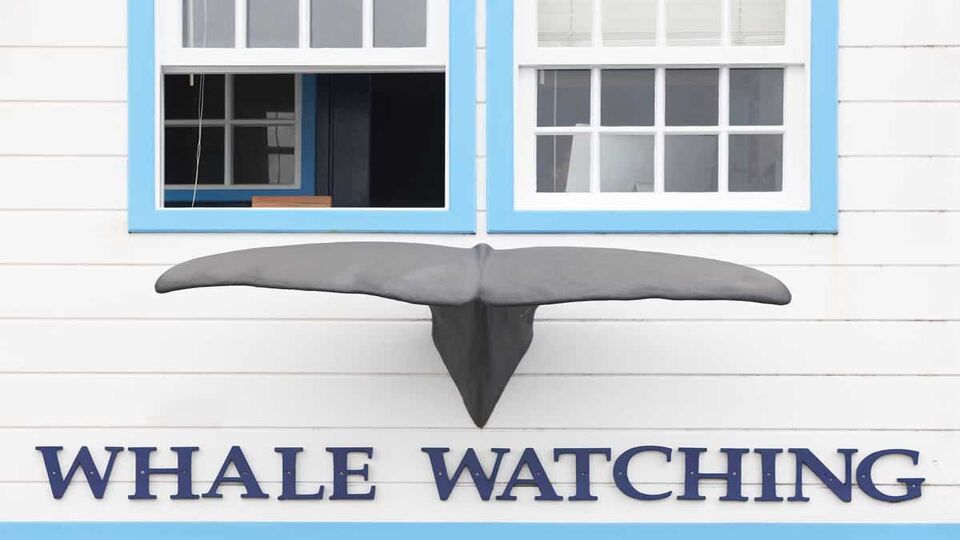
Travel bucket list idea:
Whale-watching in the Azores
Azores, Portugal
This isolated Atlantic Ocean archipelago of 9 individual volcanic Islands, notably around the island of Pico, is an excellent place for whale watching with a high diversity and abundance of whales (and dolphins).
Sperm whales can be seen all year round. Mind-bogglingly massive blue whales, the largest animal on the planet, pass by on their annual northbound spring migration. Other species present include baleen, sei, fin and humpback whales.
As well as the whales, the Azores offers a fairly clement year-round climate – so trips run all year – and excellent visibility, so you can actually see them behaving in the water.
Trips are led by an experienced crew, who are not only experts at finding the dolphins, but who offer up lots of information about these intelligent creatures and how to interact with them.

Logistics
Getting there & doing it
Three- to 4-hour whale watching tours depart from Madalena Harbour on the island of Pico, as well as from the islands of Terceira and Sao Miguel. Success rates are very high, as sperm whales are present all year round; drinks and snacks are provided.
There’s no minimum age for the tour, but children should be comfortable on boats. Boats are exposed to the elements, so take protective clothing and sunscreen, and sea-sickness tablets if you are prone to it.
When to do it
Tours run all year round, seven days a week, weather permitting.
Although temperatures are pleasant all year round, the best time to visit the Azores is the dry season from June to September. It’s sporadically rainy from October to April. From November to February, tours will only run when weather conditions permit. Mid-March and mid-May is the time to see blue whales (but not the best weather).









